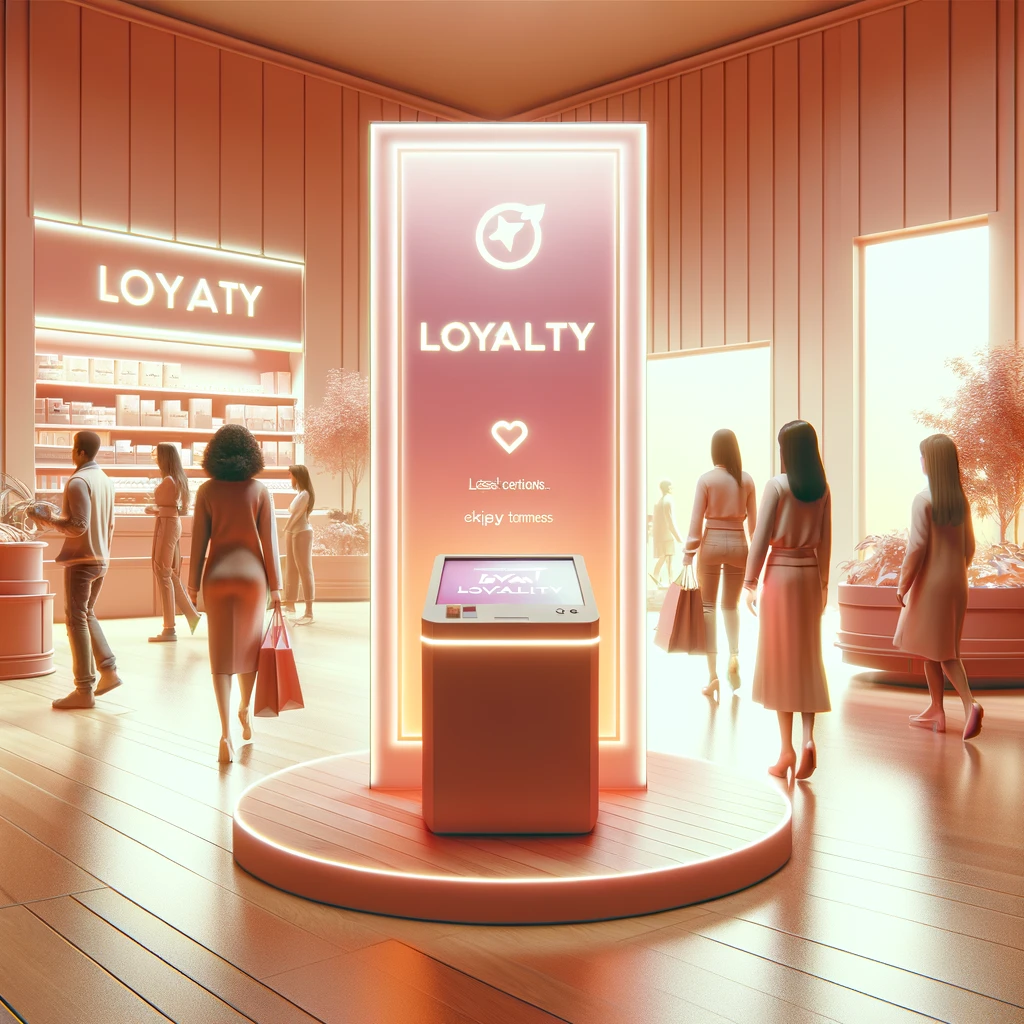The Future of Shopper Engagement in Shopping Malls

As the retail landscape evolves, shopping malls are transforming from traditional retail hubs into dynamic spaces that offer unique and engaging experiences. For mall and business center managers, enhancing shopper engagement is paramount to staying competitive and driving foot traffic. This comprehensive guide explores the strategies and technologies that are revolutionizing digital shopper engagement, providing actionable insights to help mall managers effectively engage shoppers and boost sales.

Designed by Freepik
Understanding Shopper Engagement
Shopper engagement refers to the emotional connection between consumers and shopping centers, driven by personalized experiences and interactive elements. Engaged shoppers are more likely to visit frequently, spend more time, and make more purchases, contributing to higher revenue and customer loyalty.
Importance of Shopper Engagement
Engaged shoppers spend 60% more per transaction and make 90% more frequent visits than disengaged shoppers (Forbes, 2021) .
A study by Gallup found that fully engaged customers represent a 23% premium in terms of share of wallet, profitability, revenue, and relationship growth .
Digital Transformation of Shopper Engagement
Digital shopper engagement leverages technology to create personalized, interactive, and seamless shopping experiences. This section explores the key technologies and strategies that enhance shopper levels of engagement.
1. Mobile Apps and Loyalty Programs
Mobile apps are central to digital engagement, offering features like digital coupons, personalized recommendations, and loyalty rewards. According to a report by Business Insider, mobile loyalty programs can increase customer retention rates by up to 27% .
Starbucks’ mobile app, which includes a loyalty program, has contributed to a 15% increase in revenue from loyal customers (Starbucks, 2020) .
2. Interactive Digital Signage
Interactive digital signage captures shoppers’ attention and provides real-time information, promotions, and interactive experiences. Research indicates that digital signage can boost customer engagement by 30% and sales by 29.5% (Digital Signage Today, 2020) .
3. Augmented Reality (AR) and Virtual Reality (VR)
AR and VR technologies offer immersive shopping experiences, such as virtual try-ons and interactive store displays. Shopify reports that AR can increase customer engagement by 40% and improve conversion rates by 20% .
Shopper Insights and Engagement
To effectively engage shoppers, it is crucial to gather and analyze shopper insights and engagement data. This involves understanding shopper behavior, preferences, and feedback.
1. Data Analytics and Personalization
Utilizing data analytics allows malls to offer personalized experiences based on shopper behavior. McKinsey & Company found that personalization can increase marketing ROI by 20% and boost sales by 10% .
Nordstrom uses data analytics to personalize customer experiences, resulting in a 25% increase in customer satisfaction (Nordstrom, 2019).
Find out more info about mall marketing on our blog.
2. Customer Feedback Systems
Implementing feedback systems, such as surveys and review platforms, helps gather valuable insights directly from shoppers. According to Qualtrics, businesses that act on customer feedback see an 11% increase in revenue and a 14% decrease in churn .
Effective Shopper Engagement Tactics
Developing effective shopper engagement tactics involves a combination of technology, personalization, and interactive experiences.
1. Gamification
Gamification techniques, such as reward-based challenges and interactive games, can significantly enhance shopper engagement. A study by eMarketer found that gamification can increase engagement rates by 50% and customer loyalty by 30% .
Malls like Westfield have successfully implemented gamified experiences, resulting in a 20% increase in foot traffic during promotional events (Westfield, 2021) .
2. Omnichannel Strategies
Integrating online and offline channels provides a seamless shopping experience. Salesforce reports that omnichannel customers spend 4 times more than single-channel shoppers .
Target’s omnichannel strategy, including in-store pickup and same-day delivery, has led to a 34% increase in digital sales (Target, 2020) .
3. Experiential Marketing
Creating unique, memorable experiences, such as pop-up shops and interactive displays, enhances shopper engagement. EventTrack found that 74% of consumers are more likely to purchase products after engaging in experiential marketing activities .
Malls that host events and experiential marketing activities see a 30% increase in foot traffic and a 20% rise in sales (EventTrack, 2020) .
Measuring Shopper Engagement
Measuring the effectiveness of shopper engagement tactics is essential for continuous improvement.
1. Key Performance Indicators (KPIs)
Track KPIs such as foot traffic, dwell time, sales per square foot, and customer satisfaction scores to gauge engagement levels. RetailNext found that increasing dwell time by 1% can lead to a 1.3% increase in sales (RetailNext, 2020) .
2. Customer Engagement Platforms
Utilize customer engagement platforms to centralize data collection and analysis. These platforms can provide comprehensive insights into shopper behavior and engagement trends.
Enhancing shopper engagement is critical for the success of shopping malls in today’s competitive retail environment. By leveraging digital technologies, personalizing experiences, and implementing effective engagement tactics, mall managers can create a vibrant and engaging shopping environment that drives foot traffic and boosts sales. The future of retail lies in understanding and connecting with shoppers on a deeper level, and these strategies provide a roadmap for achieving that goal.
Sources
- Forbes. (2021). “The Importance of Customer Engagement.” Retrieved from Forbes
- Gallup. (2020). “The Impact of Customer Engagement on Business Outcomes.” Retrieved from Gallup
- Business Insider. (2021). “How Mobile Loyalty Programs Drive Customer Retention.” Retrieved from Business Insider
- Starbucks. (2020). “Starbucks Mobile App and Loyalty Program.” Retrieved from Starbucks
- Digital Signage Today. (2020). “Boosting Customer Engagement with Digital Signage.” Retrieved from Digital Signage Today
- Shopify. (2020). “The Role of AR in Enhancing Customer Engagement.” Retrieved from Shopify
- McKinsey & Company. (2020). “The Power of Personalization.” Retrieved from McKinsey
- Nordstrom. (2019). “Personalizing the Customer Experience with Data Analytics.” Retrieved from Nordstrom
- Qualtrics. (2020). “The Business Impact of Customer Feedback.” Retrieved from Qualtrics
- eMarketer. (2020). “The Impact of Gamification on Customer Engagement.” Retrieved from eMarketer
- Westfield. (2021). “Increasing Foot Traffic with Gamification.” Retrieved from Westfield
- Salesforce. (2020). “The Benefits of Omnichannel Retail Strategies.” Retrieved from Salesforce
- Target. (2020). “Driving Sales with Omnichannel Strategies.” Retrieved from Target
- EventTrack. (2020). “The Power of Experiential Marketing.” Retrieved from EventTrack
- RetailNext. (2020). “Measuring the Impact of Dwell Time on Sales.” Retrieved from RetailNext















